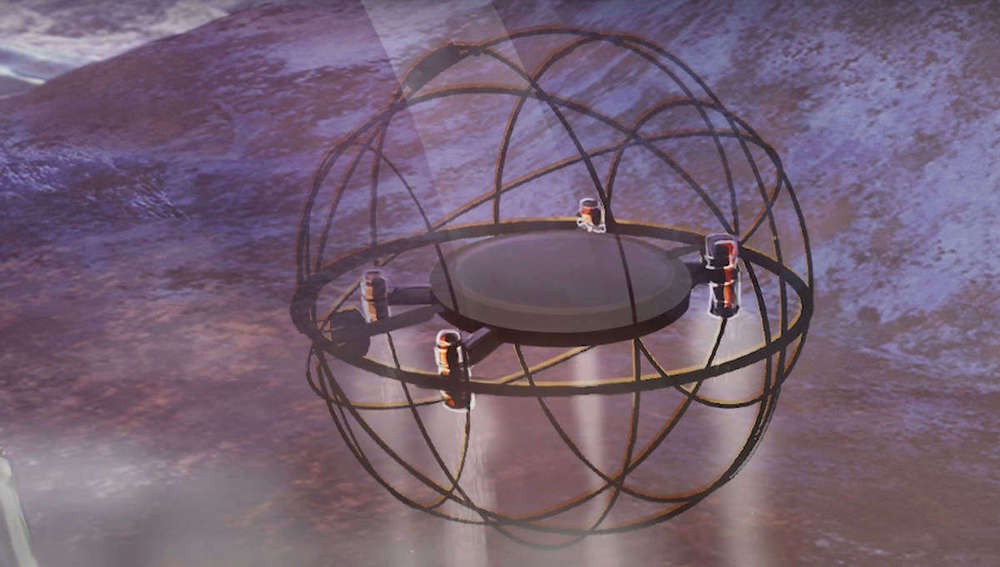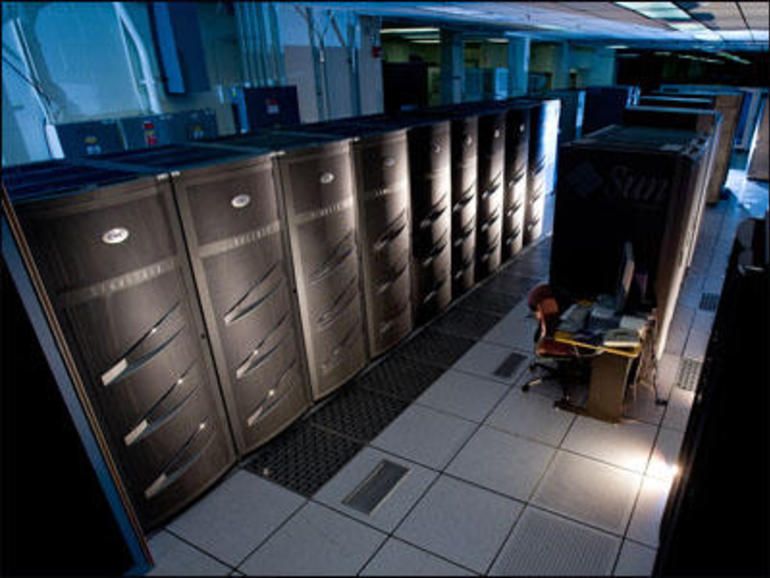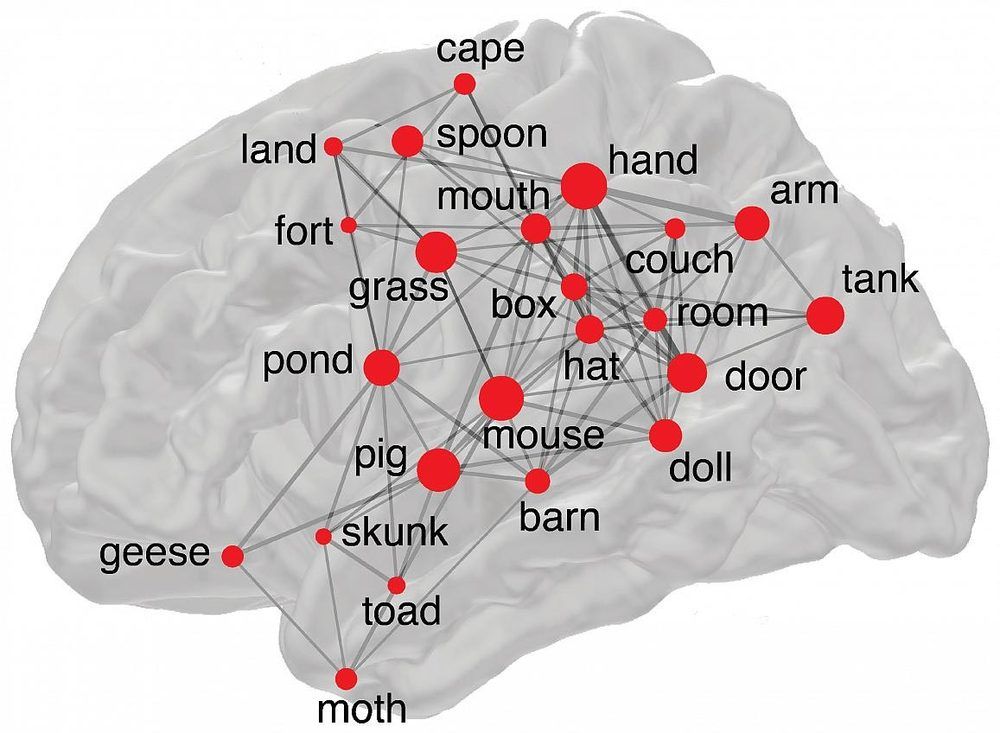TuSimple, a trucking technology company, has announced a plan for the world’s first Autonomous Freight Network (AFN) – an ecosystem consisting of autonomous trucks, digital mapped routes, strategically placed terminals, and TuSimple Connect, a proprietary autonomous operations monitoring system.
Collectively, these components will work together to create the safest and most efficient way to bring self-driving trucks to market. Partnering with TuSimple in the launch of the Autonomous Freight Network are UPS, Penske Truck Leasing, U.S. Xpress (who operate one of the largest carrier fleets in the country) and McLane, a Berkshire Hathaway company and one of the largest supply chain services leaders in the United States.
“Our ultimate goal is to have a nationwide transportation network, consisting of mapped routes connecting hundreds of terminals to enable efficient, low-cost, long-haul autonomous freight operations,” said Cheng Lu, President of TuSimple. “By launching the AFN with our strategic partners, we will be able to quickly scale operations and expand autonomous shipping lanes to provide users access to autonomous capacity anywhere and 24/7 on-demand.”







